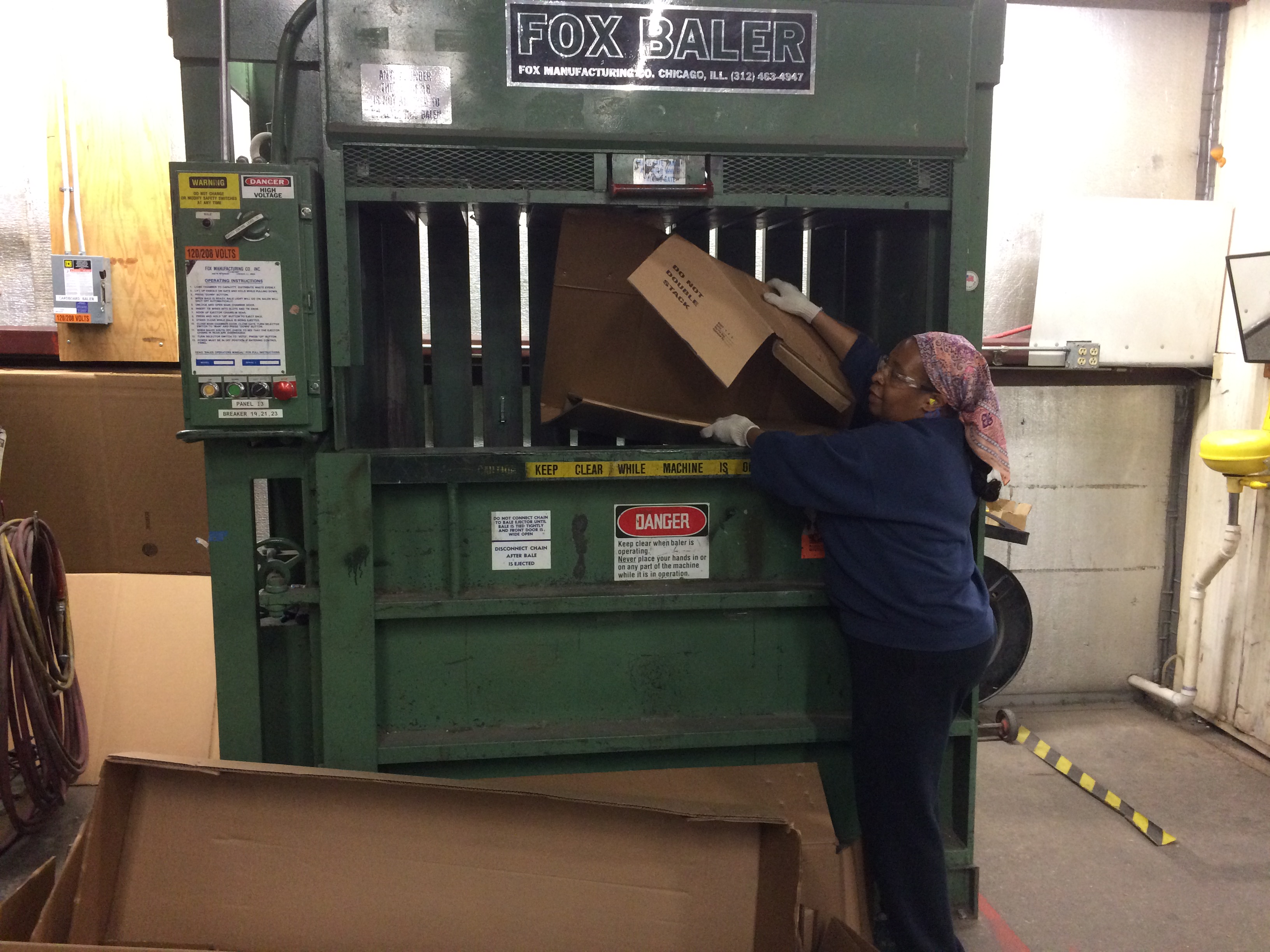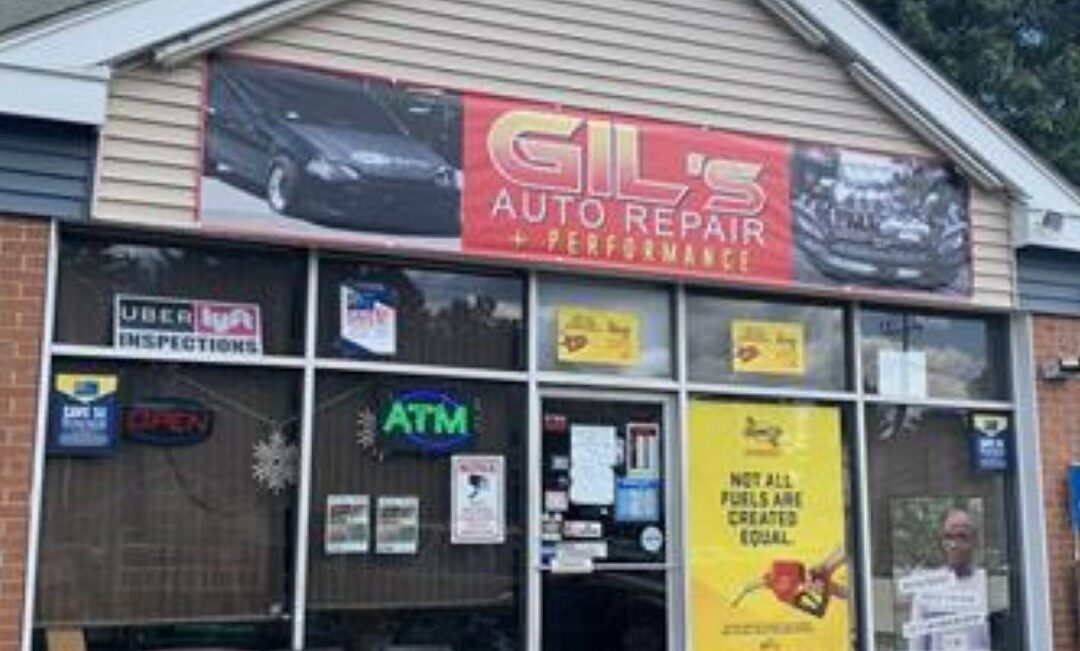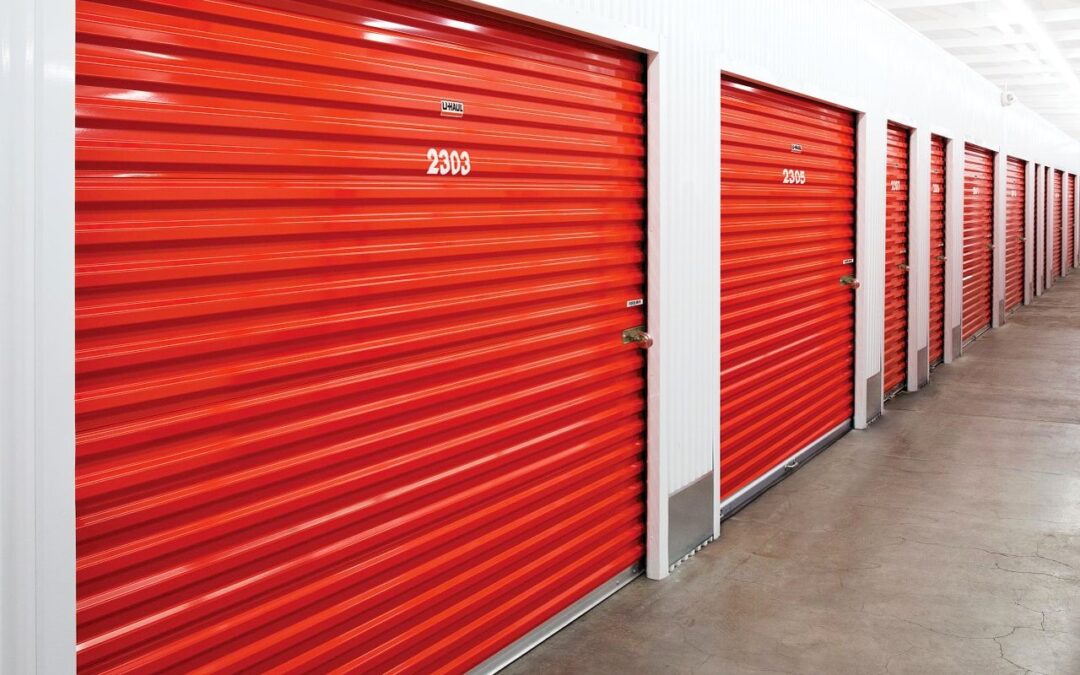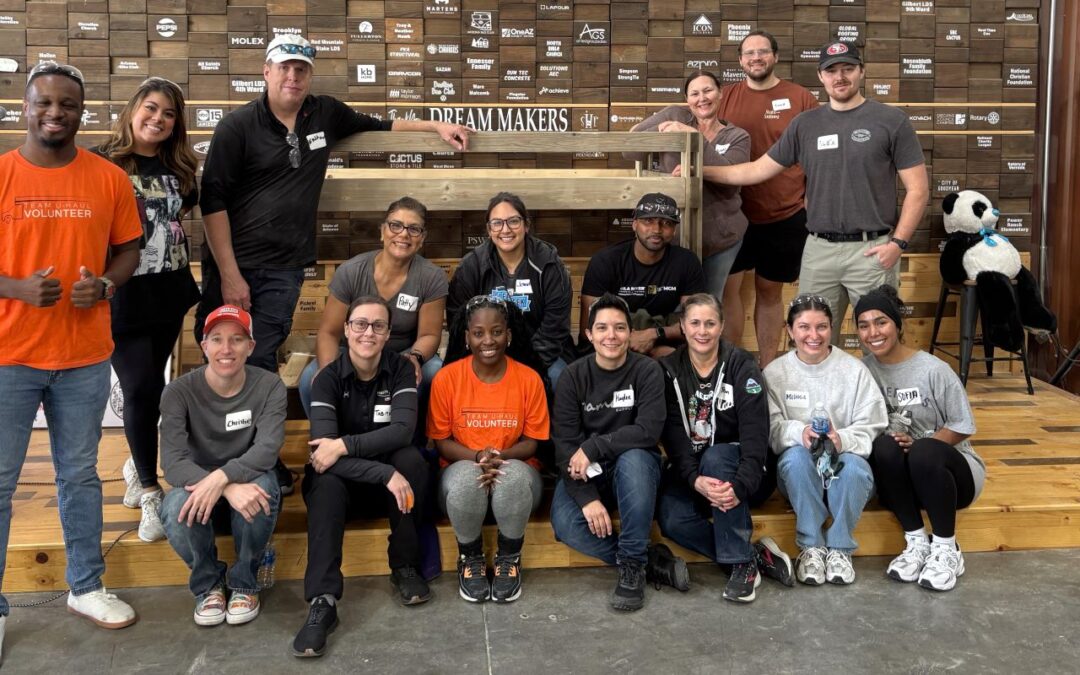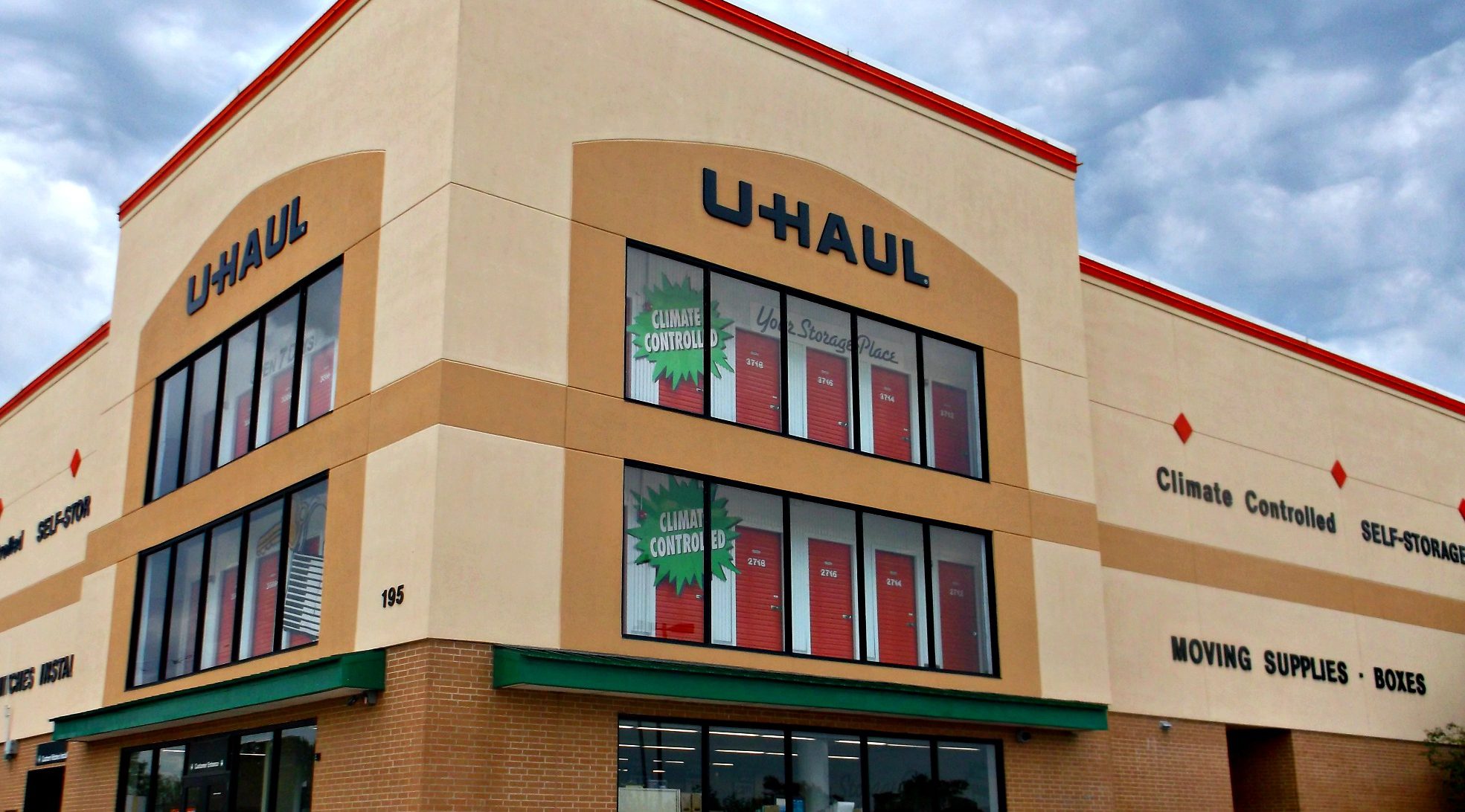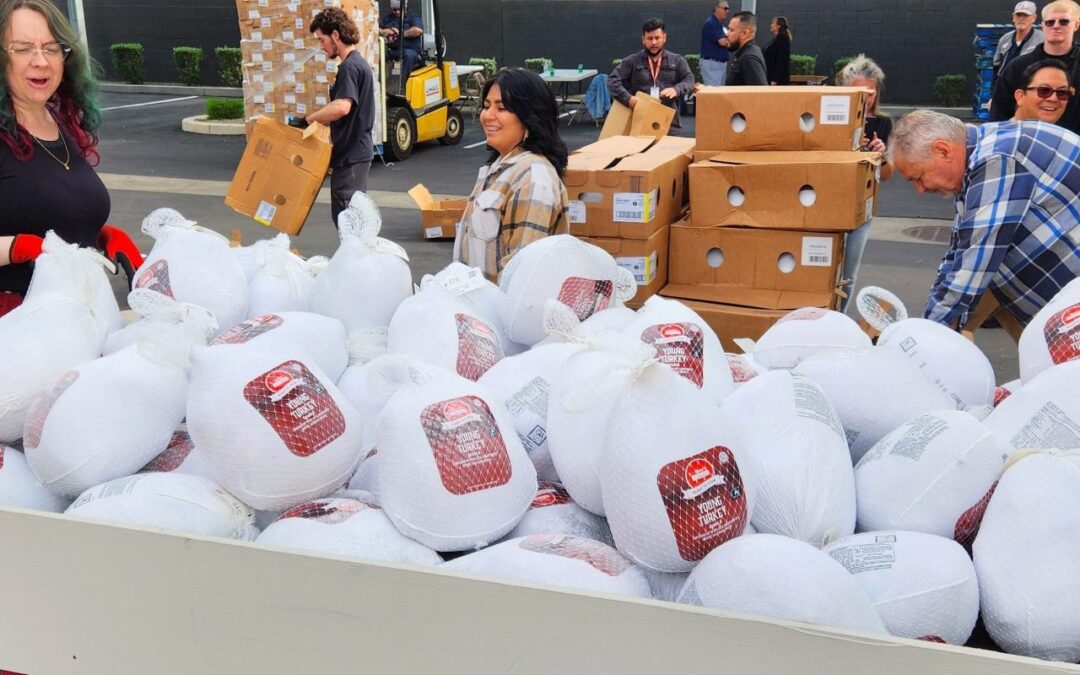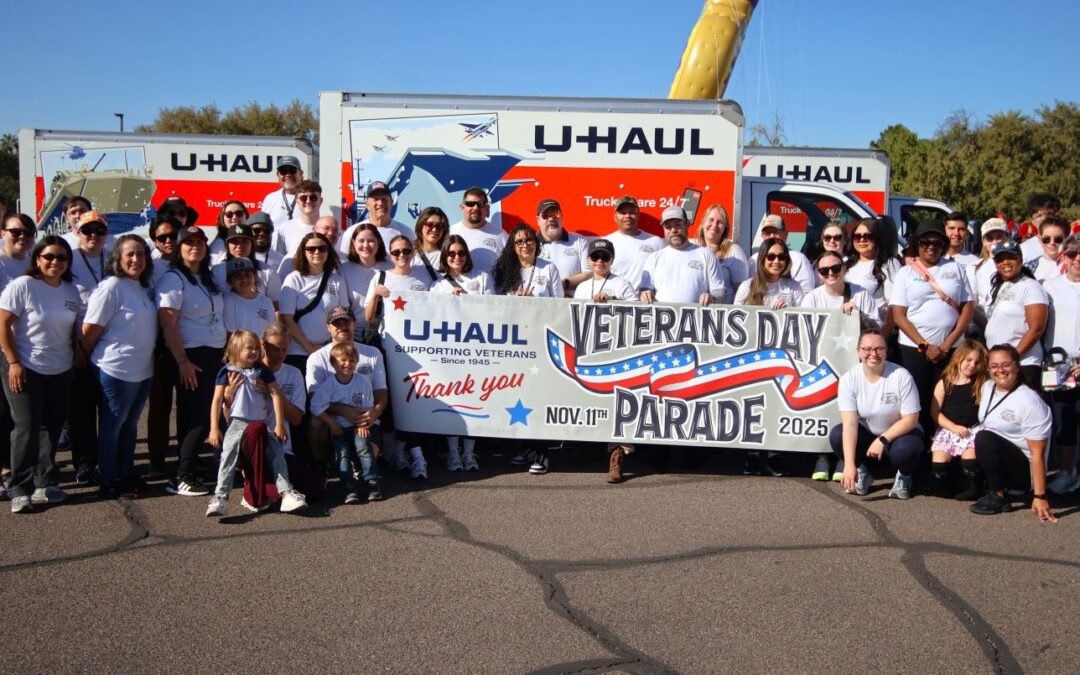The Chicago U-Haul Assembly Plant is going green, and saving some green as well. The plant has a constant flow of packages delivered. Many of the packages are large boxes with lots of packing materials for safe shipping. Excess material is typically discarded, leading to a lot of money being thrown away.
“If we just threw it all in the dumpster, we would be dumping it twice a week,” plant president Jim Needham notes. “That’s roughly $2,000 a week.”
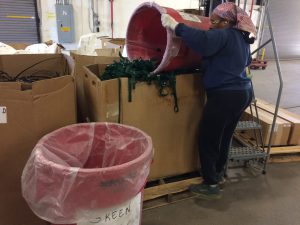
Once U-Haul Team Members sort packaging for reusing and recycling at the Chicago Assembly Plant once they unpack a piece of equipment
Going green
Needham’s manufacturing group decided to investigate how other large companies in Chicago were dealing with similar problems. They realized the philosophy of “Zero Waste to Landfill” was being successfully employed by vehicle-based companies such as Chrysler® and Freightliner®.
“It was very eye-opening,” Needham states. “We tried to take on that task. When you think of ‘reduce, reuse and recycle,’ you think of the big things like aluminum, steel and cardboard. There are all kinds of things that don’t need to go into the waste stream. We’re going green, so the goal is not to dispose at all.”
Needham’s plant reaches that goal by partnering with a corrugated-packaging company. That company’s recycling division takes on cardboard, mixed paper, shrink wrap, plastic binding and the paper backing from decals.
“It’s the win-win that we were looking for,” Needham says.
Sorted materials

Recycling pallets is part of going green at the Chicago U-Haul Assembly Plant
Preparing waste for pick-up falls on U-Haul Team Members, who sort all the used packaging material into separate containers. Those containers go in locations where their respectively assigned materials are most abundant.
“Depending on what we’re doing at each station,” Needham explains, “whether it’s building a door or trailer deck, whatever waste product is coming off of that, we have containers set up for those individual items. Once they fill up, we remove them and take them to the pick-up point.”
Some executives may look at the process as extra work for their team. But Needham and his group feel they are justifiably helping the environment by upholding U-Haul Sustainability Initiatives.
“It makes our job easier,” Needham says. “Even though it seems harder because you’re separating, sorting and so on, it makes the process cleaner. It keeps our plant more organized.”
They’re also upholding the U-Haul standards of economy and effectiveness that have stood for 72 years, according to U-Haul Chief Sustainability Scientist Allan Yang.
“The Chicago Assembly Team has demonstrated sustainability leadership by dramatically reducing waste and increasing diversion from the landfill,” Yang states. “Many U-Haul manufacturing facilities have taken great steps to reduce, reuse and recycle their waste. I am excited about the results that they have achieved so far.”
Finally, did you know truck and trailer sharing, the core business model of U-Haul, is a sustainable practice benefiting the communities and environment where U-Haul operates? Read more about it here.


